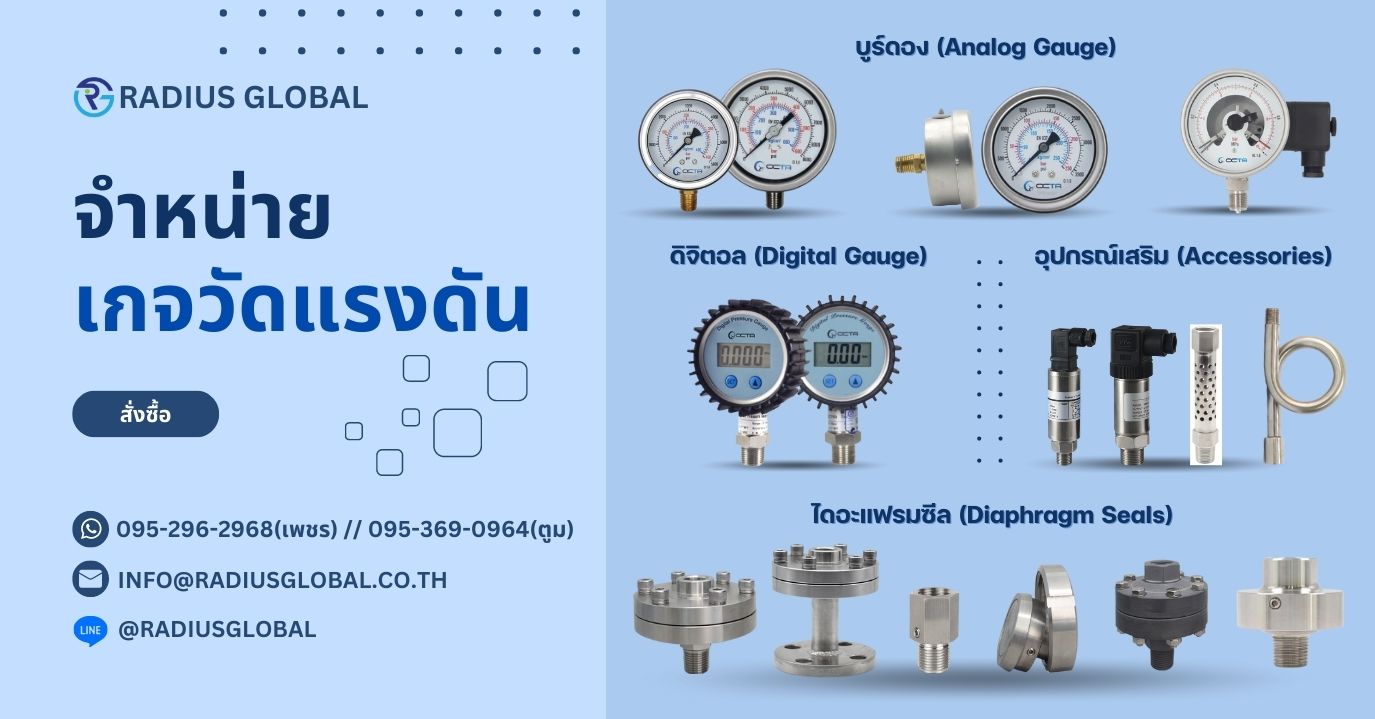Often the best flame retardant cables are halogenated because each the insulation and outer Jacket are flame retardant but after we want Halogen Free cables we discover it’s usually only the outer jacket which is flame retardant and the inside insulation is not.
This has significance because whereas cables with a flame retardant outer jacket will often cross flame retardance checks with external flame, the identical cables when subjected to high overload or prolonged brief circuits have proved in university checks to be highly flammable and might even start a hearth. This effect is thought and revealed (8th International Conference on Insulated Power Cables (Jicable’11 – June 2011) held in Versailles, France) so it’s perhaps shocking that there are not any frequent take a look at protocols for this seemingly common occasion and one cited by each authorities and media as reason for building fires.
Further, in Flame Retardant check strategies similar to IEC60332 parts 1 & three which employ an external flame supply, the cable samples usually are not pre-conditioned to regular operating temperature however tested at room temperature. This oversight is necessary particularly for energy circuits because the temperature index of the cable (the temperature at which the cable materials will self-support combustion in regular air) might be considerably affected by its starting temperature i.e.: The hotter the cable is, the more easily it will propagate fireplace.
It would appear that a want exists to re-evaluate present cable flame retardance check methods as these are commonly understood by consultants and consumers alike to offer a dependable indication of a cables capability to retard the propagation of fireplace.
If we can’t trust the Standards what can we do?
In the USA many constructing requirements don’t require halogen free cables. Certainly this isn’t because Americans are not properly knowledgeable of the risks; somewhat the approach taken is that: “It is healthier to have highly flame retardant cables which don’t propagate hearth than minimally flame retardant cables which may unfold a fire” – (a small fireplace with some halogen could additionally be higher than a large fireplace with out halogens). One of the most effective ways to make a cable insulation and cable jacket highly flame retardant is through the use of halogens.
Europe and many nations around the globe undertake a different mentality: Halogen Free and Flame Retardant. Whilst this is an admirable mandate the fact is quite totally different: Flame propagation tests for cables as adopted in UK and Europe can arguably be said to be less stringent than a number of the flame propagation checks for cables in USA leading to the conclusion that widespread checks in UK and Europe could merely be tests the cables can cross rather than exams the cables should move.
Conclusion
For most versatile polymeric cables the choice stays right now between excessive flame propagation performance with halogens or lowered flame propagation performance with out halogens.
Enclosing cables in metal conduit will scale back propagation on the point of fire however hydrocarbon based mostly combustion gasses from decomposing polymers are likely propagate through the conduits to switchboards, distribution boards and junction boxes in other elements of the constructing. Any spark such because the opening or closing of circuit breakers, or contactors is likely to ignite the combustible gasses resulting in explosion and spreading the fireplace to a different location.
While MICC (Mineral Insulated Metal Sheathed) cables would supply a solution, there could be usually no singe perfect answer for every installation so designers need to evaluate the required performance on a “project-by-project” foundation to determine which expertise is perfect.
The main significance of fireplace load
Inside all buildings and initiatives electric cables present the connectivity which keeps lights on, air-conditioning working and the lifts working. It powers computers, workplace tools and supplies the connection for our phone and computers. Even our cellphones want to connect with wireless or GSM antennas that are related to the telecom community by fiber optic or copper cables. Cables guarantee our safety by connecting
hearth alarms, emergency voice communication, CCTV, smoke shutters, air pressurization followers, emergency lighting, fireplace sprinkler pumps, smoke and heat detectors, and so many different options of a modern Building Management System.
Where public safety is important we frequently request cables to have added safety features corresponding to flame retardance to ensure the cables don’t simply unfold fireplace, circuit integrity throughout fireplace in order that important fire-fighting and life safety equipment hold working. Sometimes we could recognize that the combustion of electrical cables produces smoke and this might be poisonous so we call for cables to be Low Smoke and Halogen Free. Logically and intuitively we think that by requesting these special properties the cables we buy and set up might be safer
Because cables are put in by many various trades for different applications and are largely hidden or embedded in our constructions, what is usually not realized is that the various miles of cables and tons of plastic polymers which make up the cables can characterize one of the biggest fire loads in the building. spmk700 is actually price considering more about.
PVC, XLPE, EPR, CSP, LSOH (Low Smoke Zero Halogen) and even HFFR (Halogen Free Flame Retardant) cable supplies are mostly primarily based on hydrocarbon polymers. These base supplies usually are not typically flame retardant and naturally have a excessive fire load. Cable producers make them flame retardant by adding compounds and chemical compounds. Certainly this improves the volatility of burning but the gas content material of the bottom polymers stays.
Tables 1 and 2 above compare the fire load in MJ/Kg for common cable insulating supplies towards some common fuels. The Heat Release Rate and volatility in air for these materials will differ but the fuel added to a hearth per kilogram and the consequential quantity of warmth generated and oxygen consumed is relative.
The quantity in kilometers and tons of cables put in in our buildings and the associated hearth load of the insulations is appreciable. This is especially important in projects with lengthy egress instances like high rise, public buildings, tunnels and underground environments, airports, hospitals and so on.
When considering fireplace security we should first understand crucial elements. Fire consultants inform us most hearth related deaths in buildings are caused by smoke inhalation, temperature rise and oxygen depletion or by trauma attributable to leaping in attempting to flee these effects.
Smoke
The first and most important facet of smoke is how much smoke? Typically the bigger the hearth the more smoke is generated so something we can do to scale back the spread of fireside may even correspondingly reduce the amount of smoke.
Smoke will include particulates of carbon, ash and different solids, liquids and gasses, many are toxic and flamable. In explicit, fires in confined areas like buildings, tunnels and underground environments cause oxygen ranges to drop, this contributes to incomplete burning and smoldering which produces increased quantities of smoke and poisonous byproducts together with CO and CO2. Presence of halogenated supplies will release poisonous Halides like Hydrogen Chloride along with many different poisonous and flammable gasses within the smoke.
For this purpose common smoke exams conducted on cable insulation materials in giant 3 meter3 chambers with plenty of air can provide misleading smoke figures because complete burning will usually launch considerably less smoke than partial incomplete burning which is in all probability going in apply. Simply specifying IEC 61034 with a defined obscuration value then considering this can present a low smoke surroundings during hearth could unfortunately be little of help for the people actually involved.
Halogens, Toxicity, Fuel Element, Oxygen Depletion and Temperature Rise
It is concerning that Europe and other international locations adopt the idea of halogen free materials without correctly addressing the subject of toxicity. Halogens released throughout combustion are extremely poisonous however so too is carbon monoxide and this isn’t a halogen gas. It is widespread to name for halogen free cables after which permit using Polyethylene because it’s halogen free. Burning Polyethylene (which may be seen from the table above has the best MJ gas load per Kg of all insulations) will generate almost 3 instances extra heat than an equal PVC cable. This means is that burning polyethylene won’t solely generate virtually 3 occasions more heat but also devour nearly three times extra oxygen and produce considerably more carbon monoxide. Given carbon monoxide is liable for most toxicity deaths in fires this case is at greatest alarming!
The fuel elements shown within the desk above indicate the quantity of heat which will be generated by burning 1kg of the widespread cable insulations tabled. Certainly this heat will accelerate the burning of other adjoining materials and may help unfold the fireplace in a building however importantly, in order to generate the heat vitality, oxygen must be consumed. The higher the heat of combustion the extra oxygen is required, so by selecting insulations with excessive gasoline components is including significantly to a minimum of 4 of the first dangers of fires: Temperature Rise, Oxygen Depletion, Flame Spread and Carbon Monoxide Release.
Perhaps it’s best to install polymeric cables inside metallic conduits. This will certainly help flame unfold and minimize smoke because inside the conduit oxygen is restricted; nevertheless this isn’t an answer. As mentioned beforehand, many of the gasses from the decomposing polymeric insulations inside the conduits are extremely flammable and poisonous. These gases will migrate alongside the conduits to junction bins, swap panels, distribution boards, motor control facilities, lamps, switches, etc. On entering the gases can ignite or explode with any arcing such as the make/break of a circuit breaker, contactor, switch or relay inflicting the fireplace to spread to a different location.
Conclusion
The recognition of “Halogen Free” whereas ignoring the opposite toxic elements of fireplace is a clear admission we don’t understand the topic well nor can we simply outline the hazards of mixed poisonous elements or human physiological response to them. It is important nonetheless, that we do not continue to design with only half an understanding of the problem. While no perfect resolution exists for natural based cables, we can definitely reduce these critically essential effects of fireside danger:
One possibility possibly to choose on cable insulations and jacket materials which are halogen free and have a low fuel factor, then set up them in steel conduit or maybe the American approach is best: to make use of extremely halogenated insulations in order that in case of fire any flame unfold is minimized.
For most power, management, communication and information circuits there could be one full solution out there for all the issues raised in this paper. It is an answer which has been used reliably for over eighty years. MICC cables can provide a complete and full answer to all the problems associated with the fire security of organic polymer cables.
The copper jacket, magnesium oxide insulation and copper conductors of MICC make sure the cable is effectively hearth proof. MICC cables haven’t any natural content material so simply can not propagate flame or generate any smoke. The zero fuel load ensures no heat is added and no oxygen is consumed.
Being inorganic MICC cables can not generate any halogen or poisonous gasses in any respect together with CO.
Unfortunately many frequent cable fireplace take a look at strategies used at present may inadvertently mislead folks into believing the polymeric flexible cable merchandise they buy and use will perform as anticipated in all fireplace conditions. As outlined on this paper, sadly this will not be appropriate.
For extra information, go to www.temperature-house.com
Share
ศูนย์รวมเครื่องมือวัดความดัน
Menu


